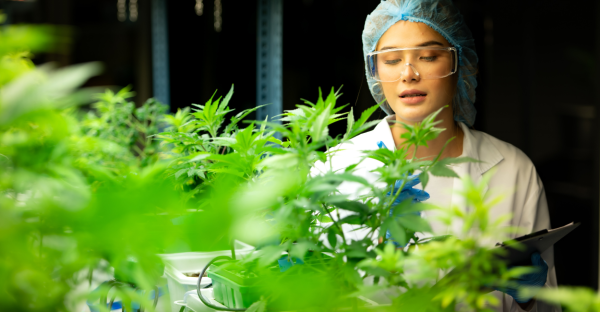Cannabis for Lymphomas and Leukemia: Benefits and Studies
Before understanding how cannabis can work, it is important to understand the specifics of these diseases.
6/13/20251 min read


Medical cannabis is gaining prominence as a complementary ally in the treatment of lymphomas and leukemias, due to its potential to relieve symptoms and possible antitumor effects. The most commonly used compounds are CBD and THC, which act on the body’s endocannabinoid system.
What are lymphomas and leukemias?
Lymphomas: affect the lymphatic system and can be Hodgkin or non-Hodgkin.
Leukemias: affect white blood cells and can be acute or chronic.
Both are treated with intensive therapies that cause significant side effects.
How can cannabis help?
✅ Relief from chemotherapy side effects
Reduces nausea, vomiting, pain, insomnia and loss of appetite.
THC: helps stimulate appetite and manage pain.
CBD: promotes relaxation, sleep and reduces anxiety.
✅ Potential antitumor effect
Laboratory studies show that cannabinoids may inhibit the growth of cancer cells without harming healthy cells. Conclusive evidence in humans is still lacking.
✅ Anti-inflammatory and immune action
CBD helps balance the immune system and relieve inflammatory reactions caused by treatments.
✅ Quality of life
Reduces anxiety and depression, improves mood, sleep and emotional well-being.
Most common forms of use:
Sublingual oils (most widely used)
Capsules, sprays or edibles
Possible side effects:
Dry mouth, dizziness, drowsiness and changes in appetite
Use must always be supervised by a doctor, due to potential drug interactions.
Conclusion:
Medical cannabis can be a valuable complementary tool in the treatment of lymphomas and leukemias, helping to control symptoms and improve quality of life. Its use should always be personalized, safe and under specialized clinical guidance.
Contact
Contact us to learn more about us.
FAQ
sac@ecopurecannabis.com
© 2025 Ecopure Cannabis
